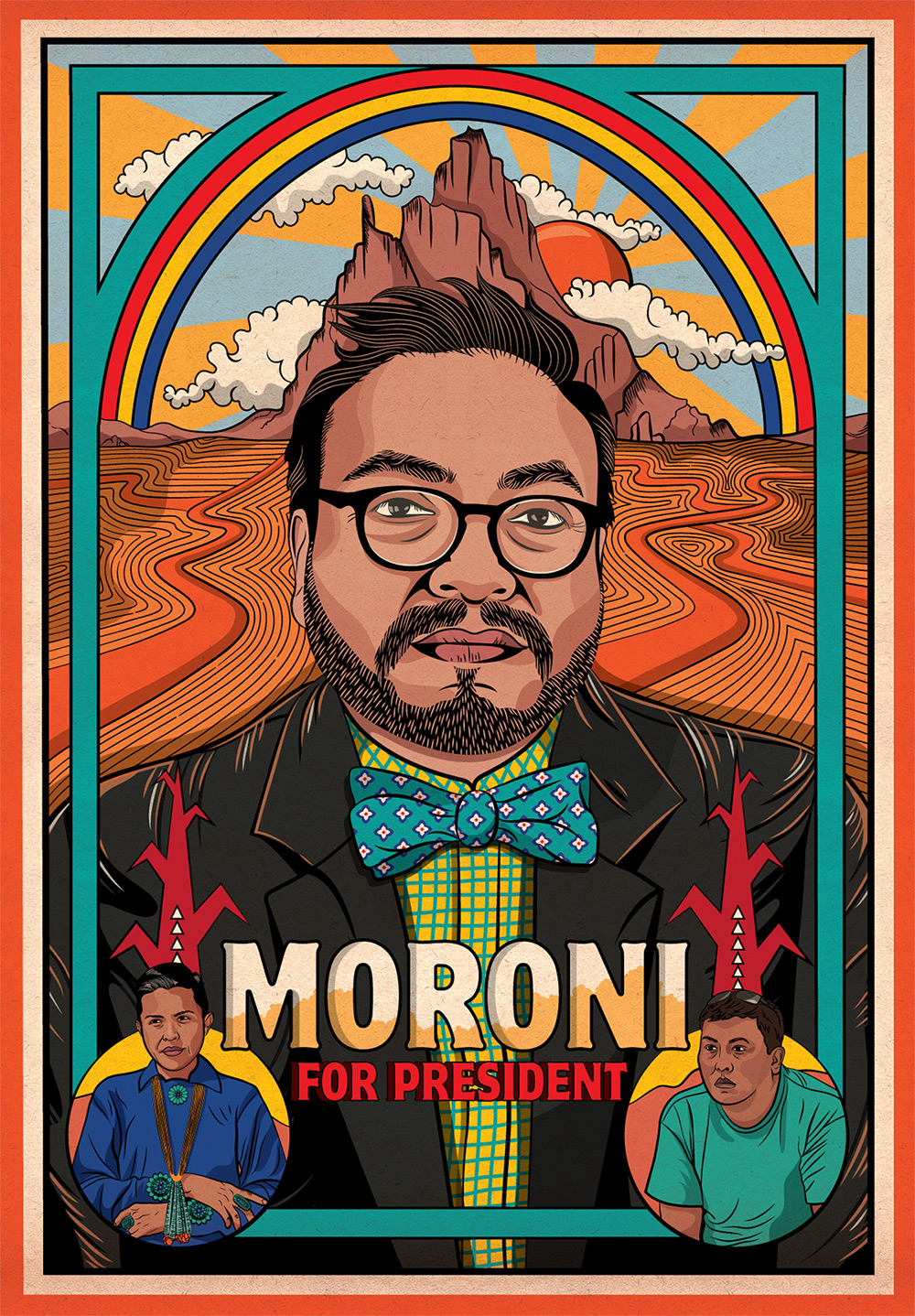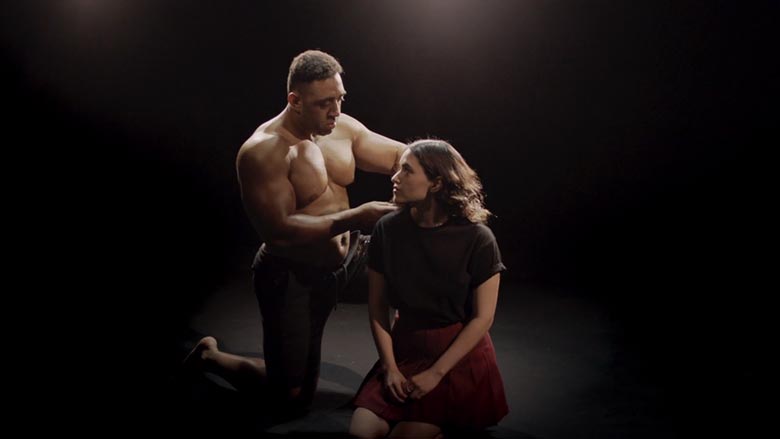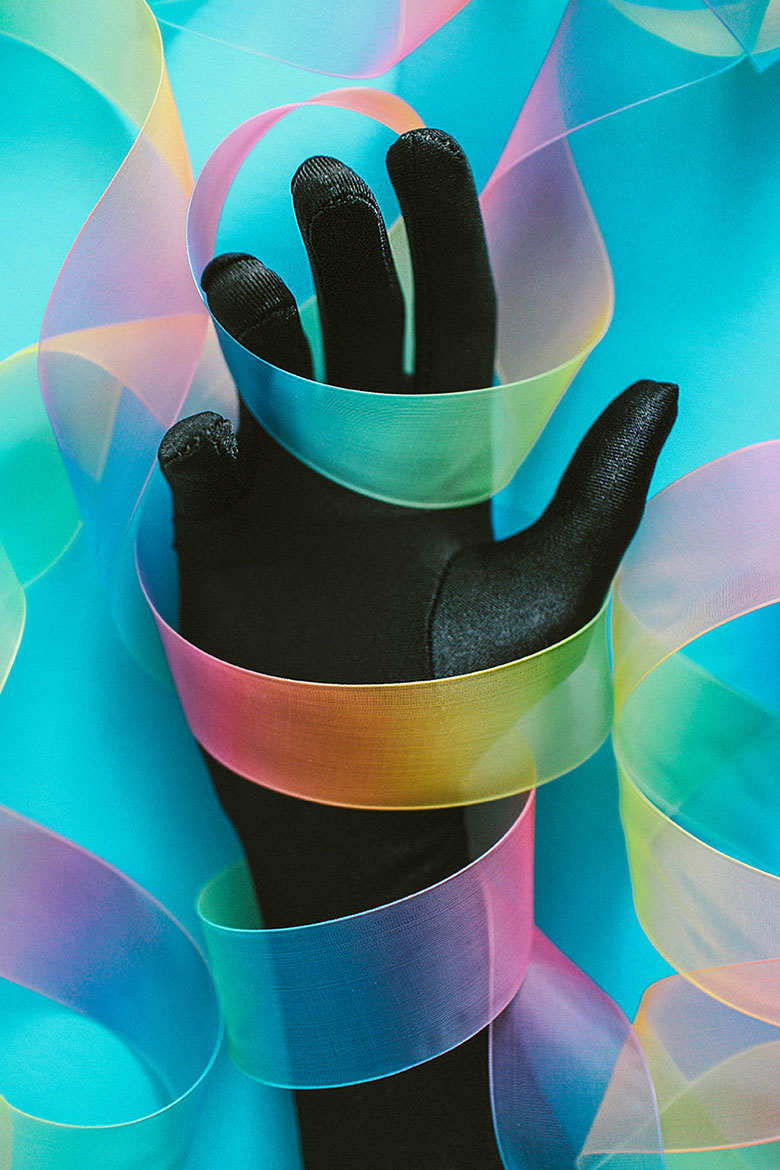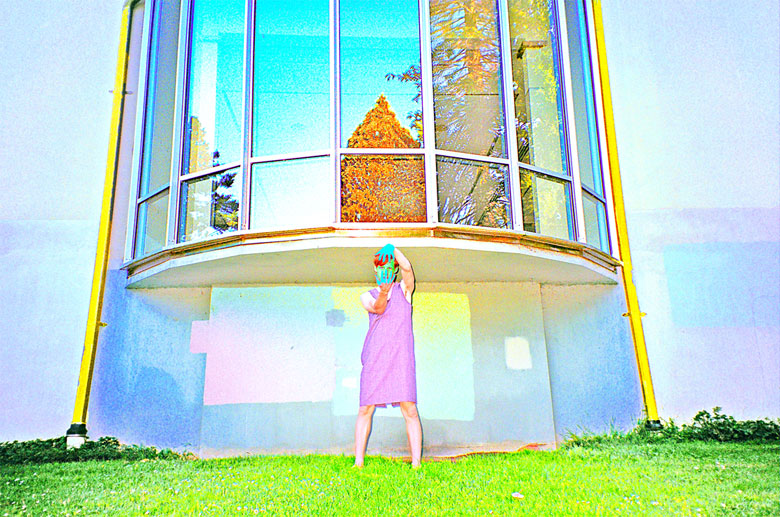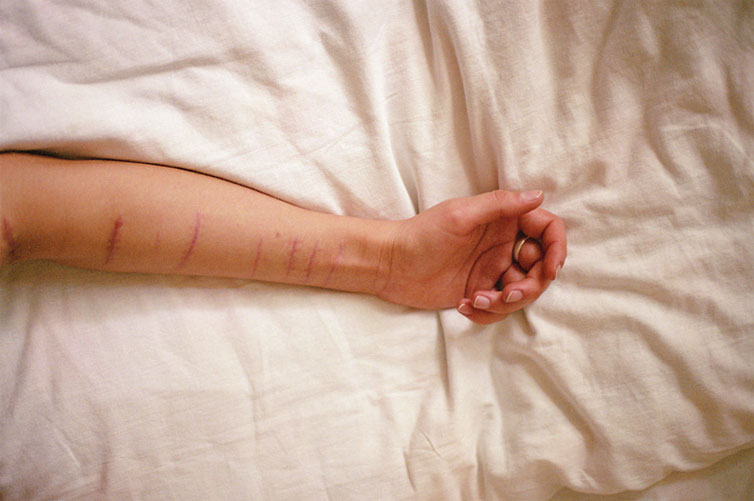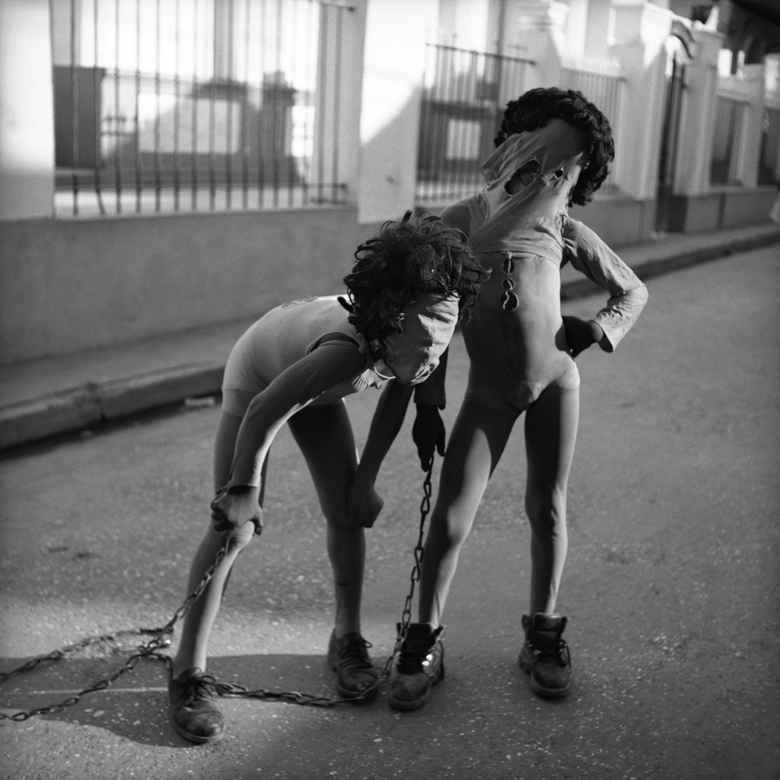When Moroni Benally signs the paperwork to run for Navajo Nation president, he giggles. Moroni For President, a charming documentary profile of his 2014 campaign, captures the high stakes of the race...
Read on"What's interesting is that in this video, there's the obvious strength of Rob holding Lorely. And that's a feat to be recognised, as an average guy probably couldn't hold somebody like that for long. However, what's not recognised is the strength...
"My aim is to draw the viewer in with bright cheesy colours and curious props, on second glance they realise that something is not quite right, floating razors or a melting block of cheese often placed together with a profiled product. Conceptually...
Forward-thinking and striking to behold, Danish design is known around the world for its clean lines, simple shapes, and its refined attention to experimentation. With such ideas naturally engrained into the cultural identity of the country, it...
Like a subtle play off its name, dichotomies are rich within True False, a series of photographic works by Brooklyn-based artist Brian Vu. It's a confusing series, to be sure; first glances and even repeat glances make one question why each of its...
"I just kind of go and feel it out – what looks good, the chemistry, so that everything’s just kind of organic, spontaneous, in the moment." /// "Simplemente llego y me guio por lo que siento – que es lo que se ve bien, la química, de esta manera...
"I decided to try and get a closer look at sex trafficking and record what it means for the women to survive sexual slavery. I chose to have a glimpse of their souls -- which at the time seemed very difficult to do... I wanted to look at their...
Lansè Kòd (The Rope Throwers) 1996 Every year, Carnaval comes and goes across the entire world, tantalizing everyone with its fanciful costuming and celebratory antics. But beyond the tourist circuit of Carnival lies another Carnival, in locales...

